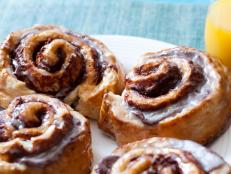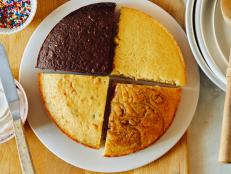Bake a Better Cupcake
Food Network Magazine made more than 1,750 cupcakes while working on 50 Cupcakes! Here's what the editors learned.

From:
Food Network Magazine
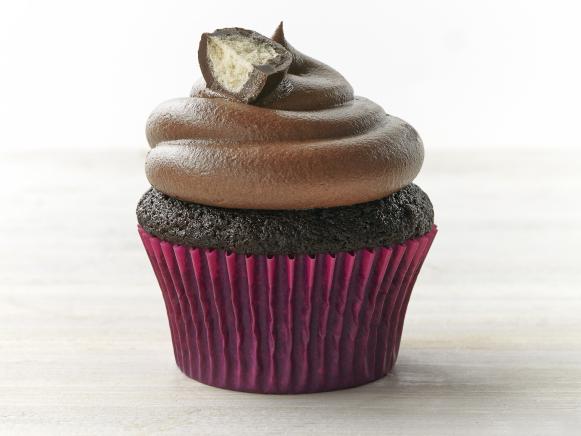
Ryan Dausch
- Use room-temperature butter: Cut it into pieces and let sit one hour, or microwave in five-second intervals.
- Measure flour by spooning it into a measuring cup and then leveling it with a knife. Do not pack the flour.
- Check the expiration dates on your baking soda and baking powder. To test for freshness, add a pinch to vinegar; it should bubble.
- Use parchment or foil nonstick liners for batters with mix-ins like chocolate chips. The chips can stick to paper liners.
- Use an ice cream scoop to divide batter evenly among muffin cups. Each cup should be no more than two-thirds full.
- Let cupcakes cool five minutes in the pans, then remove to a rack. If they're left in the pans, they may dry out.
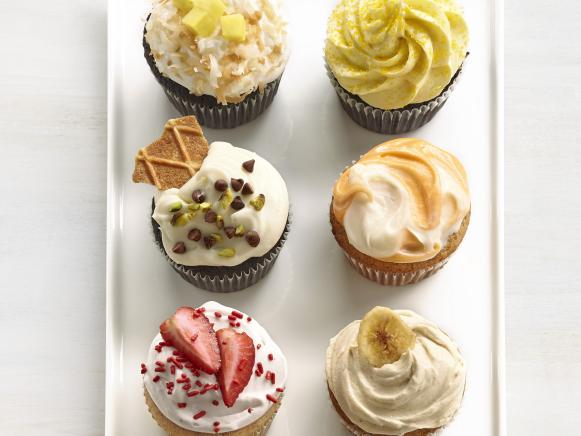
Ryan Dausch
Carrot Cake Cupcake (No. 39)
Decorating Tips
- To tint frosting, use gel food coloring — it's more concentrated than liquid, so you can use less (and it won't thin your frosting).
- Spread the frosting on the cupcakes right after you mix it — it starts to harden as it sits.
- Use disposable pastry bags or zip-top bags for piping. You don't need a tip — just snip the corner.
- To make fun swirls and swoops in the frosting, use an offset spatula or the back of a spoon.
Make-Ahead Tips
- You can bake cupcakes up to two days ahead; arrange them (unfrosted) on a baking sheet, wrap the whole sheet with plastic wrap and store at room temperature. Frost before serving.
- To freeze, arrange unfrosted cupcakes on a baking sheet and wrap the whole sheet in plastic wrap, then in foil. Freeze up to three months. Thaw at room temperature before unwrapping.
Photographs by Ryan Dausch
Next Up
How to Make Box Cake Better
We baked fourteen cakes to figure out the best tips and tricks — here are the five you should remember.
What's the Difference Between Glass and Metal Baking Pans?
You’ll want to read this before making your next batch of brownies.
A Comprehensive Guide to Baking at High Altitudes
Did you know you should you use less baking soda at higher altitudes?
How to Keep Cookies Soft
Plus, how to revive cookies that have turned hard (yep, it's possible).
10 Ways to Crimp Pie Crust
A step-by-step guide to rolling out, shaping and crimping pie dough.
Bleached Flour vs Unbleached: What’s the Difference?
What is bleached flour and is it bad for you?
What Is Cream of Tartar?
The byproduct of winemaking has a myriad of uses in your kitchen, from baking to cleaning coffee stains.
7 Tips for Simplifying Baking, According to a Decidedly Unfussy Cookbook Author
Because the best bake is one that you can snack quickly — and won’t leave your sink full of dishes.
What Is Bread Flour? Bread Flour vs All-Purpose Flour
And can you just use all-purpose flour instead?
This Shapeshifting Cake Batter Is the Ultimate Party Trick
With this genius base recipe, if you can make one cake flavor, you can make six — and just by adding, never subtracting or swapping.
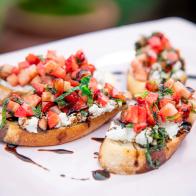
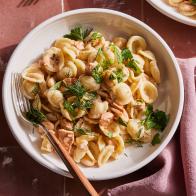
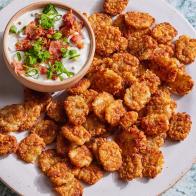
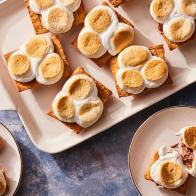
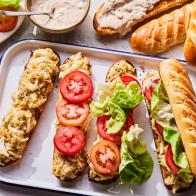
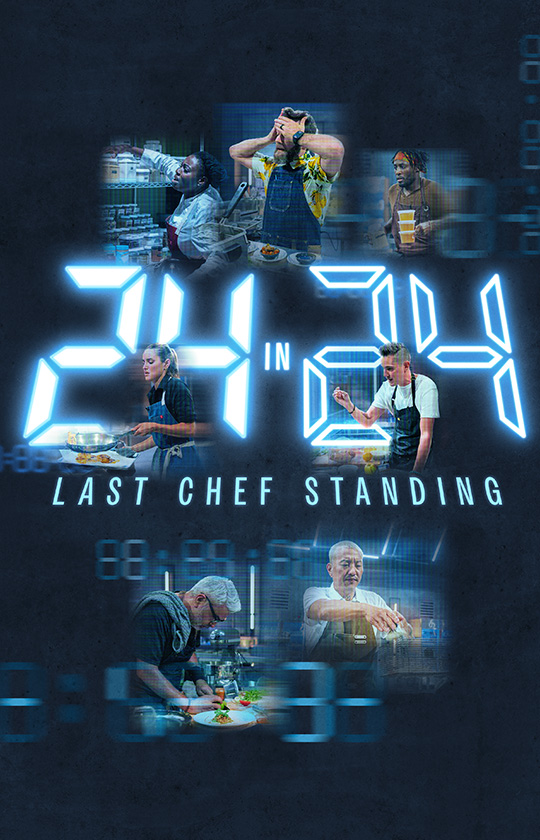


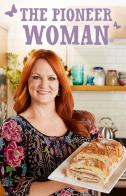


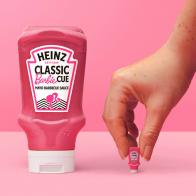

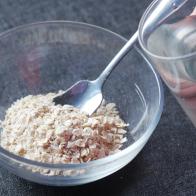
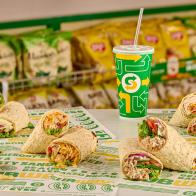
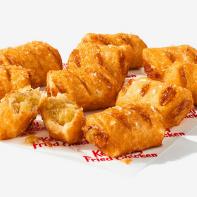
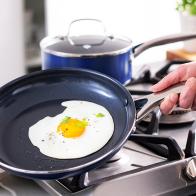
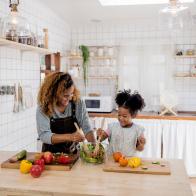
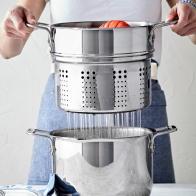
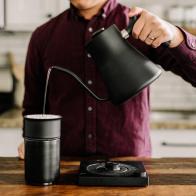
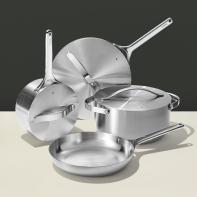





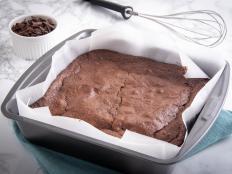
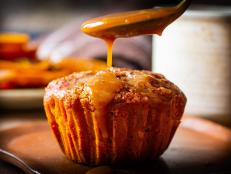
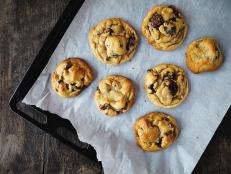
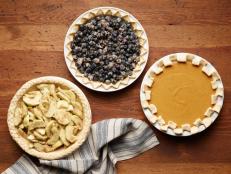
.jpg.rend.hgtvcom.231.174.suffix/1681323015319.jpeg)


